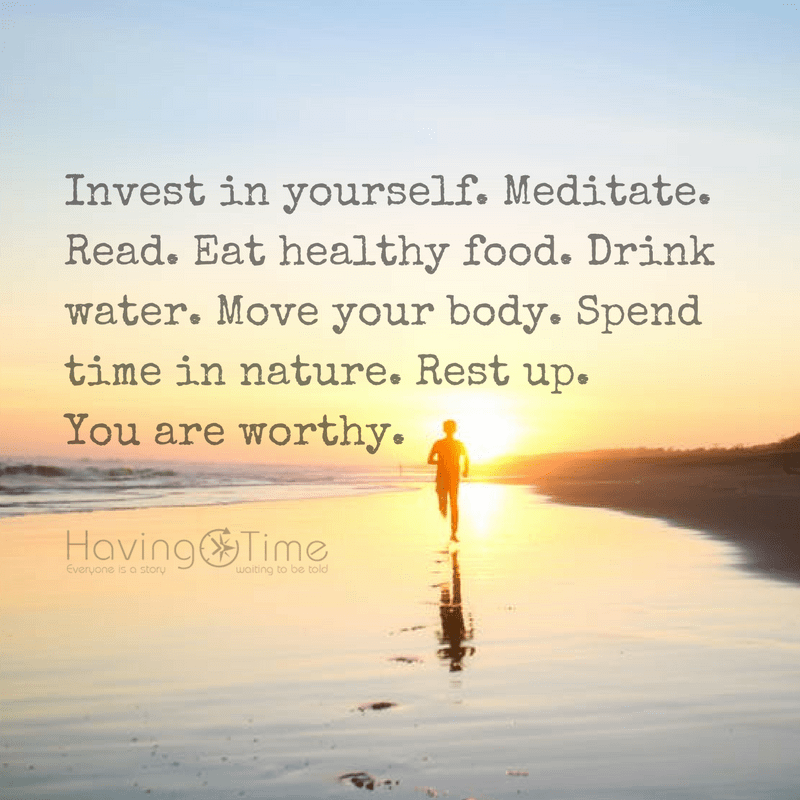The SAD season of “Winter Blues” is here and if you’ve noticed that your mood has drastically changed for the worse recently, you’re certainly at the right place. We will be discussing SAD (seasonal affective disorder), its symptoms, and ways to improve the quality of your life and enjoy winter!

Starting in high school, I found it difficult to wake up in the winter. I still remember the sound of the alarm clock with its old-school red LCD screen going off, pitch-black in the room. I would be sluggish for hours, often the whole day, during the winter.
During the summer, I had no issues. But the wintertime doldrums hit me badly.
And it only got worse in college.
The good news is that during that time, I learned that I had symptoms of seasonal affective disorder or SAD (winter blues). The description fit my symptoms to a T. In the winter, my energy declined, and my mood darkened just like the sky.
New Approaches to Beat The “Winter Blues”
As I learned more about SAD, I found that it could be treated in various ways. Without question, the most important improvement I made was to be sure to get outside and get some raw sun exposure during the winter. This made a big difference.
Any time the weather and my schedule would allow me to get out during the cold months, I would do so. Whether it be for a run, a hike, or even a short walk at lunch during work, I learned to prioritize getting winter sun exposure, with no sunscreen. It can be hard to do! In the winter, my default is to bundle up with a heavy coat, scarf, and hat.
Who wants to expose skin to the raw, cold temperatures and wind, just to get some sun exposure? Well, it turns out that I do! That exposure is super valuable.
It’s not just Vitamin D that we should be worried about. There are several other biomarkers such as Nitrous Oxide levels that move in tandem with Vitamin D levels and are positively impacted by sun exposure. I want to stress, though, that while some exposure to sunlight when the UV Index is below 3 is healthy, you should still be applying sunscreen in winter if you’re in a very reflective environment such as a ski slope.
Careful sun exposure is good, but don’t be careless when it comes to excess exposure.
SAD Lamps and Lightboxes
Another helpful solution that helped alleviate the winter blues was the 10,000 lux lightbox. A few years ago, these were mostly ugly-looking lightboxes that looked like they belonged in a photography studio. They were big and bulky, and not at all stylish.
With the popularization of LED lights, most of these lightboxes now look like iPads. They shine 10,000 lux of light, which is the typical target dose of light SAD-sufferers need to combat seasonal depression. However, there are several points that need to be discussed when looking at these lightboxes.
Distance from the Box
Most 10,000 lux lightboxes on the market measure their output from 12″-18″ from the light source. In order to get that output in 30 minutes, you need to sit 12-18″ from your lightbox. It turns out that this is often really uncomfortable. If you sit further than the required distance, then you need to spend more time in front of the light in order to get your target 10,000 lux dose.
The angle of the Box
The goal of these lightboxes is to mimic the light of the sun. Almost all the time, though, the sun is positioned above our heads, and sunlight enters our eyes from above. Due to this, the optimal position of the lightbox is above our heads, at an angle such that the light strikes the eyes from above. The goal is to mimic the sun as closely as possible.
Unfortunately, with tabletop-style lightboxes, this is a pain. You need to get a stand or otherwise hang the lightbox above your eye level, very close to your eyes.
Position of the Light Box
It’s generally suggested to keep the lightbox off to the side of your vision, around 10 or 2 o’clock. This way, you’re not looking directly at the lightbox while you’re getting your dose.
Summing It Up
All of these circumstances make it pretty awkward to use a lightbox early in the morning. You need to get 30 minutes of exposure early in the morning, you need to stay in the same place for that time, and you need to be in a situation where the light is above your head, and close to you.
But who sits in the same spot for 30 minutes every morning?
In order to get that timed exposure, I would have to try to wake up even earlier in the morning, which would just make things worse!

Enter SAD Light Glasses
Over the last few years, several manufacturers have begun to produce light therapy glasses designed to combat seasonal depression. These glasses almost all use either blue or green light somewhere in the 500nm wavelength, which is known to be a specific wavelength of light particularly suited to treating SAD symptoms.
Light therapy glasses don’t actually have any glass in them. They are a frame that sits on your head like glasses do, and shine blue/green light into your eyes. The light is not spectacularly bright, but 30 minutes of exposure will provide the equivalent dose of 30 minutes of 10,000 lux full-spectrum light.
What is so nice about these glasses is that you can go about your morning routine and get ready while wearing the glasses. You’re not tethered to a specific spot, you can move around, get ready, and get out the door with your full 10,000 lux exposure.
Glorious!
Conclusion
If the descent of winter weighs on you like a thick blanket of snow, you may suffer from seasonal depression. See your doctor and get your Vitamin D levels checked (note that recommended Vitamin D levels have recently increased due to a significant math error in previous studies).
But also simply look at your life, and think about how much real sun exposure you’re getting during the winter. Try to up that quantity as much as possible, within reason. This will make the biggest difference.
If that doesn’t help, consider picking up some light therapy glasses or a lightbox, and give yourself some extra exposure.

photo source | pexels




